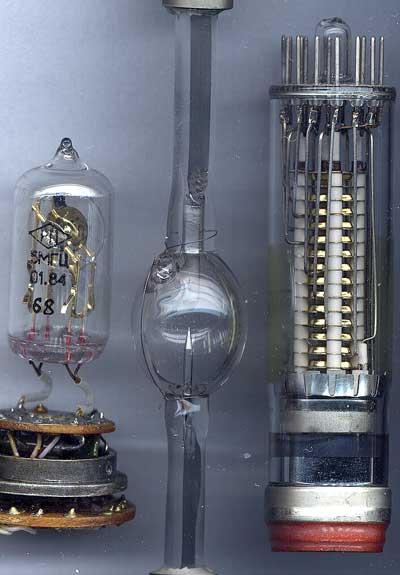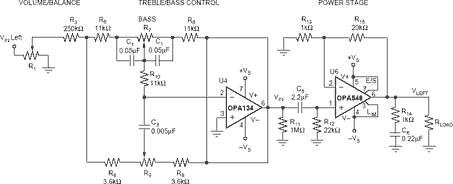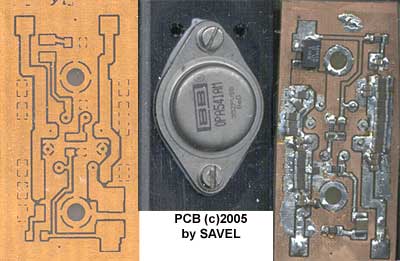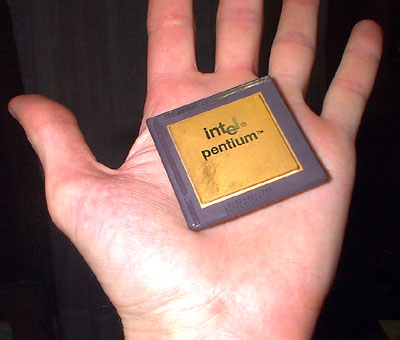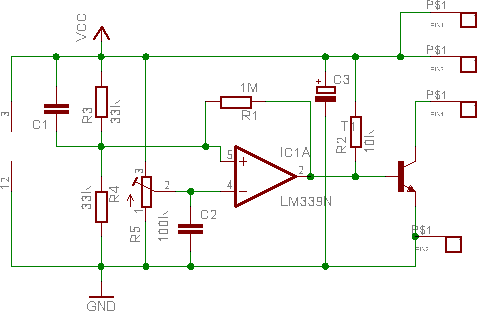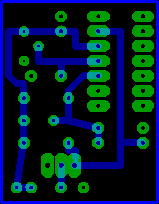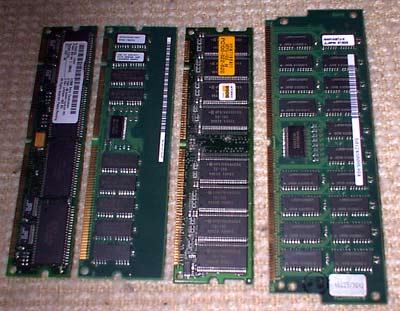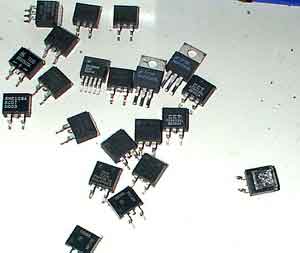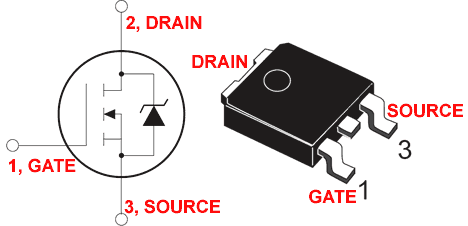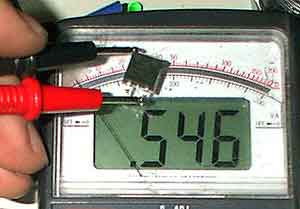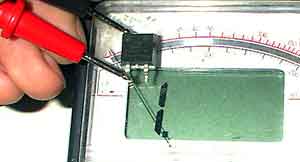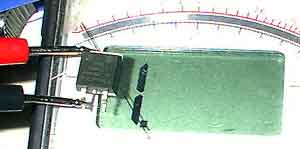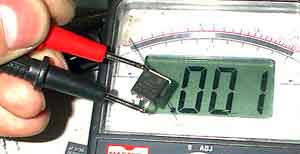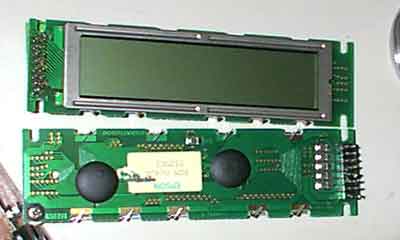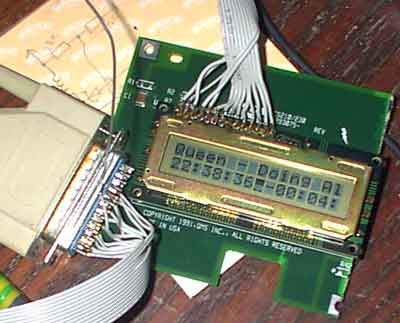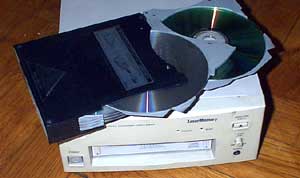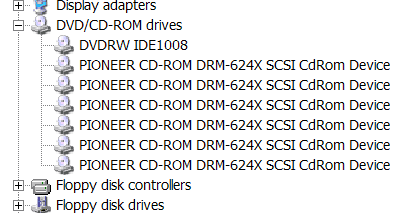In my closet I found very old mobile phone. It is Motorola Associate 2000.
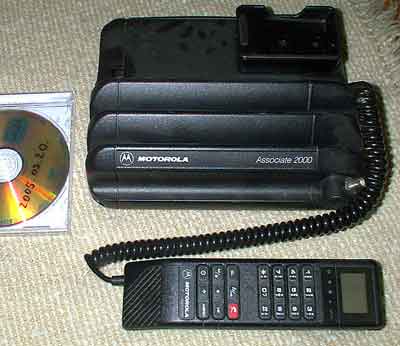
The power supply and antenna is lost. But the most interesting part, that the phone is still working. Of course I can’t make calls, but I can hear busy tone or after pressing few buttons I hear “This service is not available for you”. It is funny, as officially NMT-450 phone system is not working for about 10 years. As I know, the system is used in local Telecome for giving phone numbers where copper wires are too expensive- in distant villages or in places where all copper pairs are already used.
Categories
Archives
- June 2025
- December 2024
- November 2023
- August 2022
- June 2022
- November 2021
- October 2021
- September 2021
- April 2021
- February 2021
- December 2020
- October 2020
- September 2020
- July 2020
- June 2020
- May 2020
- April 2020
- March 2020
- July 2019
- May 2018
- November 2015
- July 2015
- June 2015
- April 2015
- March 2015
- August 2013
- December 2011
- December 2010
- September 2010
- July 2010
- March 2010
- February 2010
- December 2009
- January 2009
- August 2008
- March 2008
- February 2008
- January 2008
- December 2007
- November 2007
- October 2007
- September 2007
- August 2007
- July 2007
- June 2007
- May 2007
- April 2007
- March 2007
- February 2007
- January 2007
- December 2006
- November 2006
- October 2006
- September 2006
- August 2006
- July 2006
- June 2006
- May 2006
- April 2006
- March 2006
- February 2006
- January 2006
- December 2005
- November 2005
- October 2005
- September 2005
- August 2005
- July 2005
- June 2005
- May 2005
- July 1999
Links...
Other
Meta

